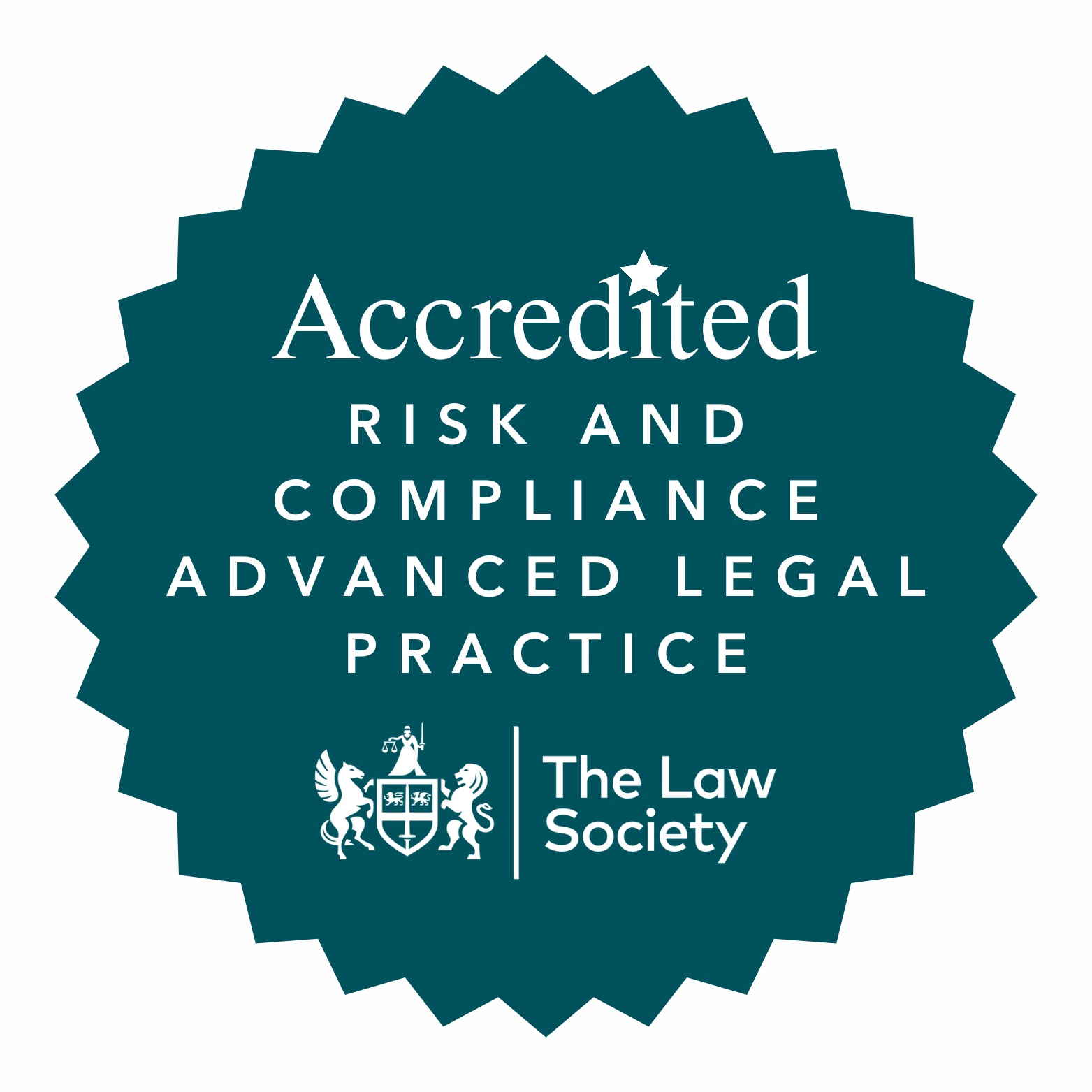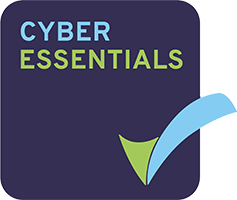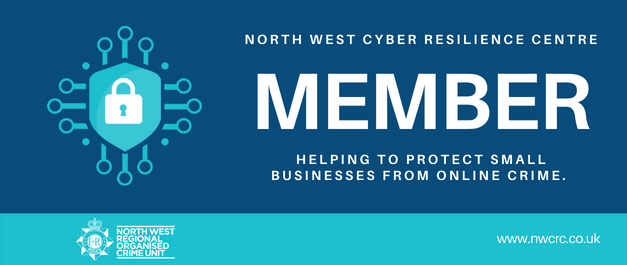If you’re involved in a family court case in England and Wales, particularly one concerning domestic abuse, you will encounter the Family Procedure Rules (FPR). These rules form the backbone of the family justice system, ensuring that cases are managed fairly, efficiently, and sensitively.
What are the Family Procedure Rules?
Introduced in 2010, the Family Procedure Rules set out how all family court cases must be handled. They act as a comprehensive guide, standardising procedures and ensuring transparency and fairness. They cover the entire process from beginning to end, including:
-
How to start a case, such as filing the appropriate forms and ensuring the correct paperwork is submitted to the court.
-
Procedures for how documents must be served (delivered) to other parties involved in the case, ensuring all parties are properly informed.
-
Guidelines for managing evidence and witnesses, detailing how evidence must be presented and how witnesses can provide their statements clearly and reliably.
-
Instructions for how hearings and trials are conducted, including timelines, what happens during a court hearing, and how decisions are reached by judges.
-
Emphasising the safety and wellbeing of everyone involved, especially children and vulnerable adults.
The central aim is fairness, consistency, and the efficient resolution of family disputes. The rules also encourage resolving disputes outside the courtroom, when it is safe and appropriate, to reduce stress and conflict for everyone involved.
Key Areas Covered by the Rules
The FPR applies to nearly all types of family cases, providing clear guidelines and frameworks for different situations. Key areas include:
-
Divorce and financial settlements: Setting out how financial matters should be settled fairly after a divorce or separation, ensuring transparency and equality between parties.
-
Child arrangements (custody and visitation): Defining the processes for deciding where a child should live, how often they should see each parent, and what arrangements are in their best interests.
-
Adoption and care proceedings: Providing guidelines on how adoption processes and care proceedings involving local authorities are managed, prioritising the welfare and safety of the children involved.
-
Protective orders related to domestic abuse: Explaining clearly the types of orders available to protect victims of domestic abuse, such as non-molestation orders and occupation orders, and detailing the steps required to secure these protections quickly and effectively.
The Family Law Act 1996 provides that a party can apply for protective orders, but it is the Family Procedure Rules that outline the procedure, with a particular emphasis on urgency and protective measures.
The rules explicitly encourage the use of alternative dispute resolution methods like mediation or collaborative law to help families reach agreements amicably and avoid lengthy court battles. However, there are exceptions, particularly in cases involving domestic abuse, where mediation may not be safe or appropriate.
Family Procedure Rules and Domestic Abuse
In cases involving domestic abuse, the Family Procedure Rules provide crucial protections and special procedures to ensure the safety of victims:
1. Protective Orders
The rules outline clearly how victims can urgently apply for protective orders such as:
-
Non-Molestation Orders: These prevent an abuser from harassing, threatening, or harming you.
-
Occupation Orders: These regulate who can live in or visit your home.
Applications can be made swiftly, and courts can grant urgent orders without informing the abuser first, followed by a hearing soon after for fairness.
2. Exemption from Mediation
Normally, individuals are encouraged to attempt mediation before court proceedings. However, if domestic abuse is involved (as defined in the provisions), you’re exempt from this requirement to ensure your safety. You can proceed directly to court without delay.
3. Special Measures in Court
Recognising the vulnerability of domestic abuse victims, the rules allow special measures in court to help you feel safer and more comfortable, including:
-
Screens so you don’t have to see the abuser
-
Giving evidence via video link
-
Separate waiting rooms and entrances
-
Support from independent advocates
Additionally, your abuser cannot personally question you in court. If they don’t have legal representation, the court will arrange someone else to ask questions, ensuring you are not intimidated during proceedings.
4. Child Arrangements and Domestic Abuse
The rules include clear guidelines for cases where domestic abuse allegations affect decisions about children (known as Practice Direction 12J). Judges must carefully consider the safety of both the child and the abused parent. If necessary, the court will hold a separate hearing to establish facts about alleged abuse before deciding child arrangements. The priority is always the child’s welfare and safety, and unsupervised contact is typically restricted if abuse has occurred.
In cases regarding children, Cafcass (Children and Family Court Advisory and Support Service) will often be involved to some degree. Cafcass represents the interests of children and young people in family court cases in England. They independently advise the courts about what is safe and in the best interests of children, ensuring their needs, wishes, and feelings are heard and considered.
Cafcass published a new Domestic Abuse Practice Policy in October 2024. This policy highlights the importance of understanding trauma and prioritising the child’s lived experience. One of its key messages is that there is no such thing as “historical abuse”. The policy covers:
-
Expectations around language used in domestic abuse cases
-
Enhanced analysis when a child refuses contact due to potential abuse
-
Updated risk assessment procedures
-
Considerations regarding whether interim contact should continue while abuse allegations are unresolved
Crucially, it moves away from the idea that a child should have contact with both parents “at all costs”. When assessing a perpetrator of domestic abuse, Cafcass must follow the principles from Re L, V, M and H [2000] EWCA 194, as incorporated into Practice Direction 12J. Before recommending contact, Cafcass must be satisfied that the perpetrator:
-
Recognises the harm their behaviour has caused
-
Has taken responsibility for that harm
-
Has taken action to demonstrate lasting change
-
Has removed the risk of repeated abuse to the point that contact is now in the child’s best interests
For further detail, see: www.cafcass.gov.uk/sites/default/files/2024-10/Domestic%20Abuse%20Practice%20Policy.pdf
Updates to the Rules
The Family Procedure Rules are periodically updated to improve their effectiveness. For instance, in 2024, updates clarified how judges should handle domestic abuse cases, reinforcing victim protection and ensuring quicker and safer resolution of disputes. These regular updates ensure the legal framework remains responsive to societal needs and protective of vulnerable individuals.
Getting Help
Navigating family court, particularly in situations involving domestic abuse, can be daunting and stressful. If you or someone you know needs support or legal guidance:
-
Contact our family law team for tailored advice and assistance by emailing: family@dtmlegal.com
-
Visit our Domestic Abuse Page for more information about our services.
DTM Legal is your trusted legal partner, offering professional help and outstanding service to support you through difficult times.






